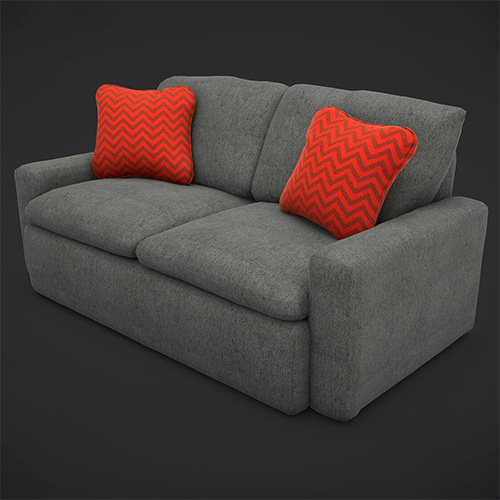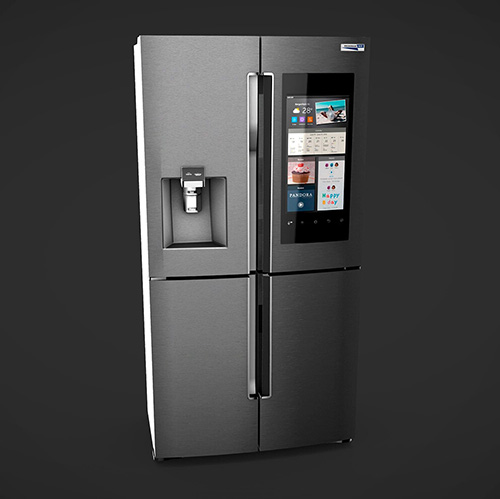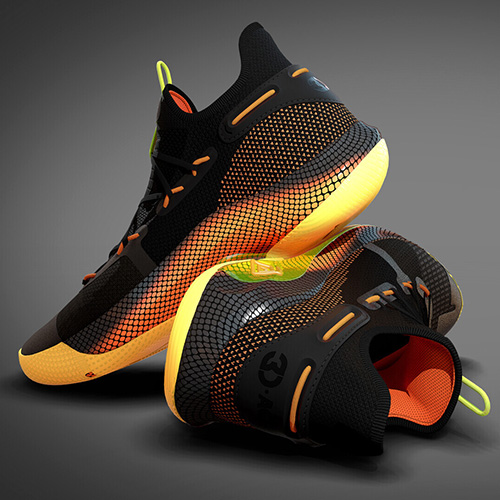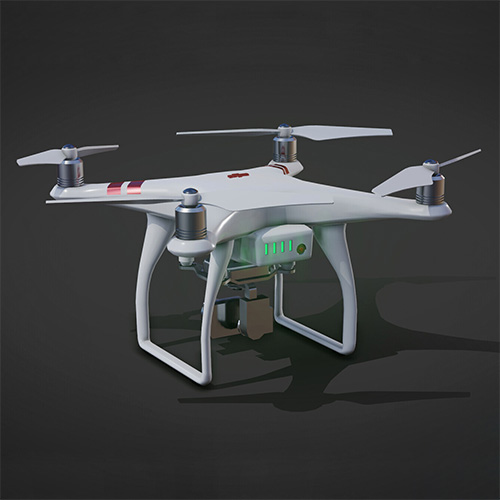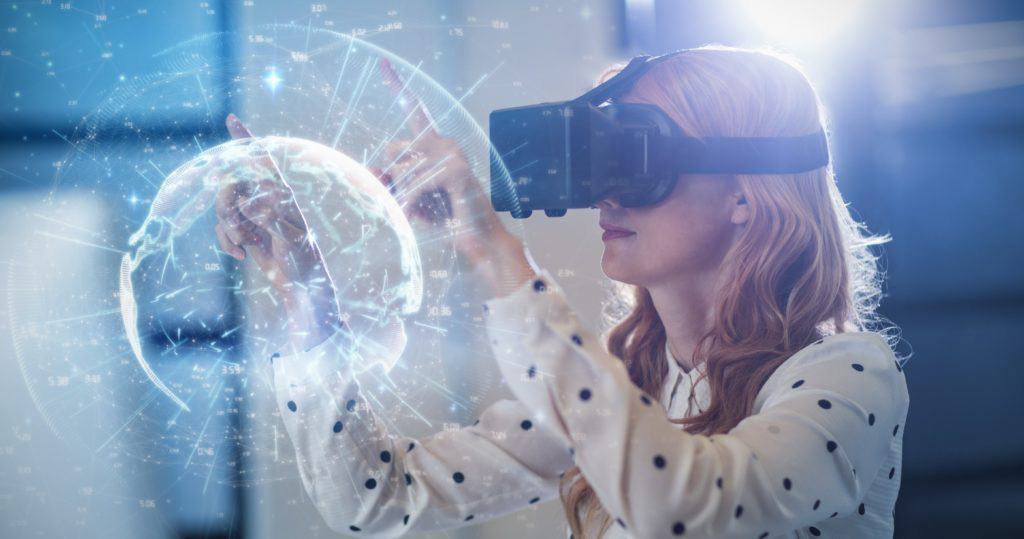
Over multiple millennia, we have come up with numerous ways to present information and entertain, but few approaches have been as groundbreaking as virtual reality (VR). This technology is all about immersion – providing an experience that erases the boundaries between what is real and what is digital. 3D modeling is at the very heart of creating VR content, so any company or person looking to participate in the process should know key points before they get started or take advantage of custom 3D modeling services.
Our article will examine the various types of content used in VR apps and their models/environments, as well as the different approaches to getting this content. And so, you have come to the right place if VR content is part of your personal or professional needs.
How to Make Virtual Reality Content
VR is a somewhat ambiguous term because people can picture it in different ways. For some, it is an interactive experience presented through a special headset, while for others, it can even be a video that feels immersive. Undoubtedly, the form of VR where the user only sees the digital world is most prominent, and the pipeline of its creation is quite straightforward:
- Planning and research
- 3D model creation
- Creating additional environments, animation, VFX
- Texturing, color, and detail improvements
- Integration into media
However, we should keep an open mind about the other types of content out there, and consider the wide scope of approaches to creating them.
Making 360 video
Perhaps the easiest form of VR to create, 360 video puts the viewer in a certain location and lets them see everything that is going on around the spot. 360-degree video is made possible with a special camera that captures everything happening around it. The footage is captured in video format (usually mp4, mkv, or flv) and uploaded to a platform that supports it. YouTube and Facebook are the biggest services that bring VR videos to consumers, but the videos are flat and monoscopic. If the video is additionally processed and elements such as depth and interactive options are added, it becomes stereoscopic and accessible on VR headsets.
Making VR animation
Animation tends to be a medium of video enjoyed on a screen, but VR animation is almost completely exclusive to headsets. Thus, the animation is created entirely in software, though certain models and settings may be based on real and physical examples. Thus, the 3D models, environments, and objects are assembled in a program and animated with VFX software. Afterward, all of this is typically packaged in an app or video file that can then be enjoyed on compatible VR headsets.
Making VR game models
The creation of game models usually begins with 2D artwork of the particular element (a character, weapon, object, etc.). Once this is done, designers and artists get to work on their computers and tablets, creating the models in specialized software using a range of 3D sculpting and modeling techniques. VR games are obviously dynamic, so these models are also given movement, special properties, and behavior if they are not there just to serve as a backdrop or visual cue.
Making VR content for applications
The process of making virtual models for specialized and general-use applications is essentially the same as it is for games, but these applications tend to have many more interactive options than games. The user must complete objectives just like in games, but there tends to be less reliance on reflexes and fast movements and more reliance on thought and strategy. Of course, some of the content will be made to serve as a backdrop, and the interactive options will be limited to those objects and characters that are relevant to achieving objectives.
Can I Order VR-ready Content?
You can easily order VR content if you do not want to go through the trouble of creating it yourself. After all, it usually takes a vr content developers team of at least 2 artists working in tandem to create the models, effects, and artwork for virtual reality software, and the talent needs only grow with the project scope. If you do not have any such specialists working at your company, training new ones or learning the craft yourself can take months.
Thus, if you choose the fast and convenient route, the first thing you will need is to find a partner. This will be a studio or company that knows how to develop VR content according to your needs in a limited timeframe and according to your specifications. Typically, you will discuss terms of cooperation with potential partners, examine their proposals and estimates, and then make the choice. From that point on, the process is relatively self-explanatory: the partner builds the models and content according to your specifications, conducts tests and fixes imperfections, and finally delivers the completed result.
For example, 3D-Ace is in the business of creating all sorts of 3D content, and can handle various business needs, from creating small and static assets for software to fully-animated characters, high-detailed weapons, products, and the like.
Which Apps Use Virtual Reality Content?
Ten years ago, VR was considered a niche technology and something that provides entertainment to rich folks. Today, the entire landscape is different: VR has become much more accessible to ordinary consumers, and the scope of their functionality has been enormously expanded. Here are some examples:
Enterprise apps
Many businesses are turning to VR technology to improve their operations, most prominently in the field of training. In a virtual setting, employees and recruits can learn essential skills and procedures applied in the workplace without ever needing to visit the physical locations or touch the equipment. This is a boon for company safety and cost reduction.
For instance, the Aircraft Engine Training application from our parent company Program-Ace was built to help users learn proper assembly procedures. Aircraft engine parts are extremely heavy and often sharp, so handling them through an app is an easy solution for people working in the industry.
Education apps
Education apps in VR bring the same benefits as training apps, but can be applied in many more settings, including schools, colleges, and academies. As long as the hardware is provided to the students, the same programs can be used in succession for many years with no additional development costs. For example, the Historymaker app helps U.S. history teachers in delivering materials and visualizing historic events. All it takes is an Oculus headset and a download from Steam, after which users are introduced to the speeches of famous American figures and can try their hand at replicating them.
Entertainment apps
Today, there are thousands of games available in VR marketplaces, but the usefulness of the technology does not stop there. The immersive nature of can help consumers enjoy many musical and entertainment events without attending in person, as well as participating in one way or another. One example of this is the VR Rehearse and Perform project. This project aims to give musical artists a chance to perform for an audience during lockdown, with a fully-recreated concert hall and the ability to play virtual instruments through controllers.
Science apps
Headsets and applications that use extended reality can be a big help to scientific researchers, allowing them to better grasp of elements, objects, and life forms. For example, the technology is being used to fight the Covid-19 pandemic. Researchers at the University of Bristol are using VR headsets and apps to develop a drug effective at treating the illness. The apps visualize enzymes and proteins involved in disease activity, and the researchers can model changes made to enzyme binding and get projected results.
Other
VR has had a profound effect on many industries beyond the aforementioned, and there are plenty more examples available:
- Manufacturing
- Marketing
- Healthcare
- Energy
- Retail
What Are The Requirements for Creating VR Content?
We have listed the standard virtual reality content development process that goes into creating immersive experiences, but if you want to create your own VR content, you should also be aware of other requirements.
Expertise
The primary skills needed for this kind of content creation are 3D design and software design. Most app/game projects will engage multiple 3D artists, developers, at least one project manager, and one or more QA engineers. VR videos and animations will usually be easier to make, so they will also have a smaller number of essential specialists than other kinds of VR-ready content.
Technical requirements
In terms of hardware, you will need computers to create the models on, and VR devices for testing. If you are presenting the content through downloadable software, you will also need some hosting infrastructure set up.
In terms of software, you can choose from a wide array of 3D modeling programs, including Blender, Houdini, and 3DS Max. As for integrating the models into software, the two biggest names on the scene right now are Unity and Unreal Engine, though you are welcome to use other engines and services, too.
Requirements to create VR content for Google Cardboard
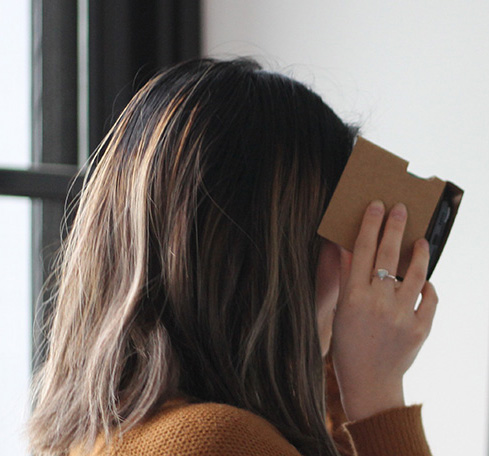
Google Cardboard is a very accessible VR platform featuring a cardboard headset that holds a mobile phone. The phone display presents the content, while the content itself is available in a standalone mobile app or within the Cardboard app. Development for Google Cardboard is similar to standard mobile development with a few caveats. Firstly, you will normally need to implement movement and/or position tracking to create a realistic digital environment. Secondly, it is recommended to use a software development kit from Google, as it is uniquely tailored to your goals. At the moment, 3 SDKs are available – for iOS, Android, and Unity.
Need VR Content Fast? We Can Help
With over 2 decades of experience under our belt and dozens of VR projects, 3D-Ace is ready to create a wide range of content. We offer competitive pricing and a large team of experts ready to deliver results in tight timeframes. Thus, if you want to know more about our VR content creation services or discuss how our companies might cooperate, feel free to contact us!
